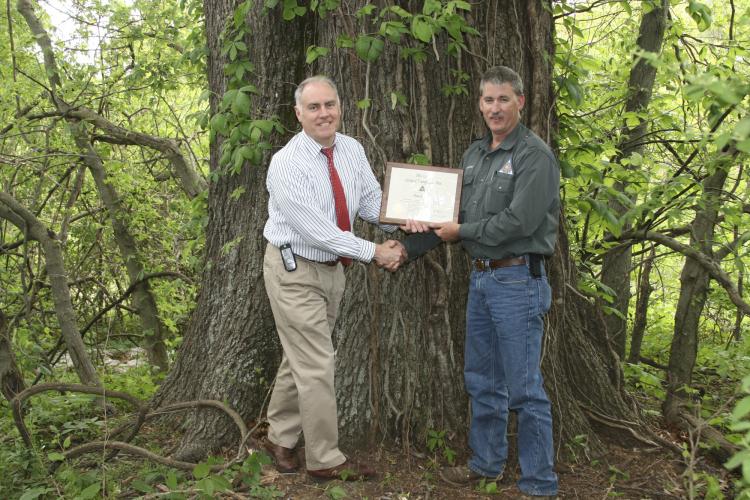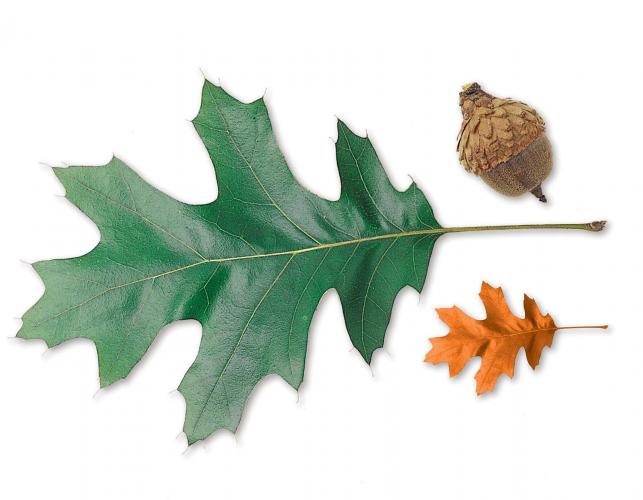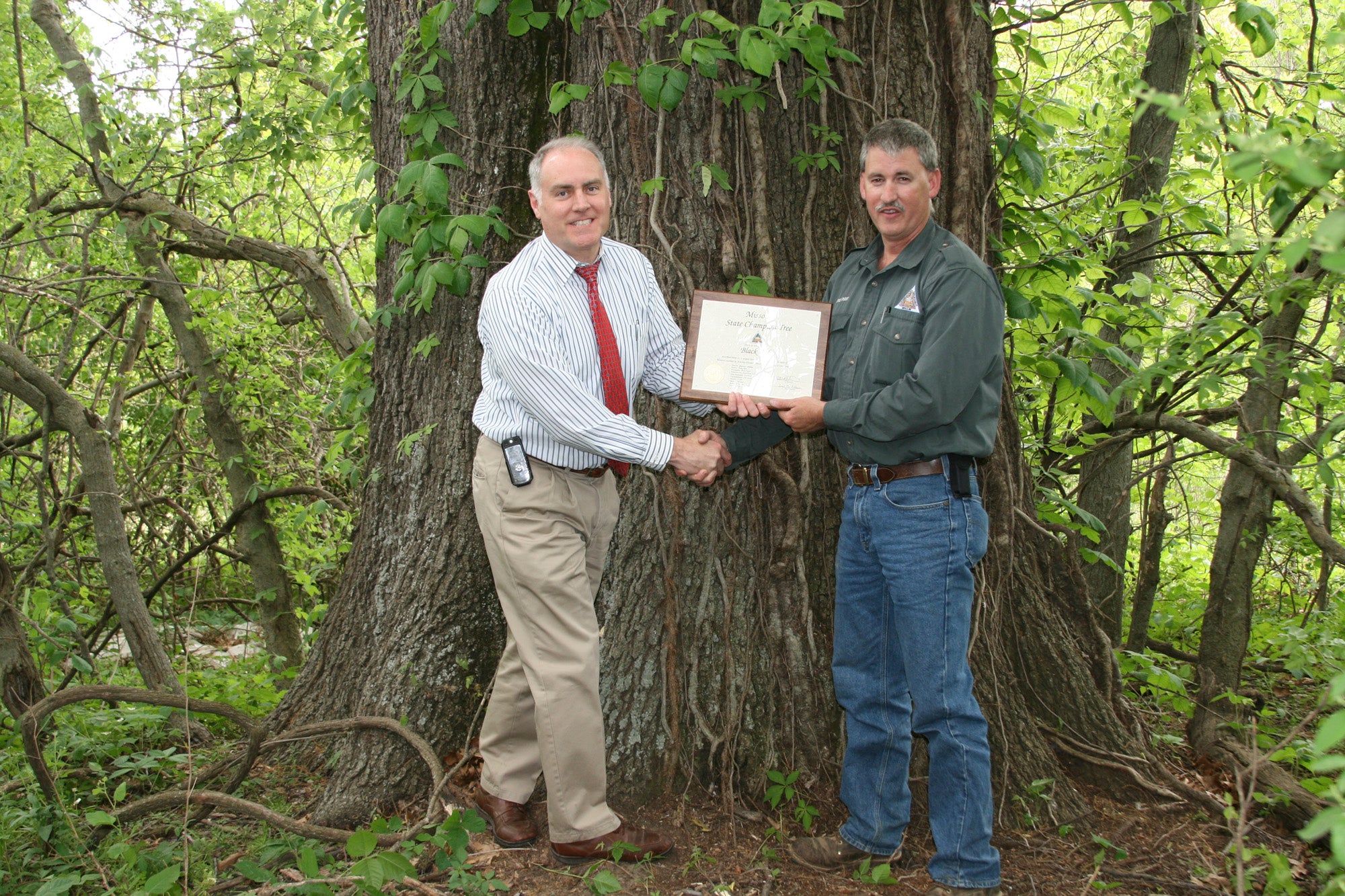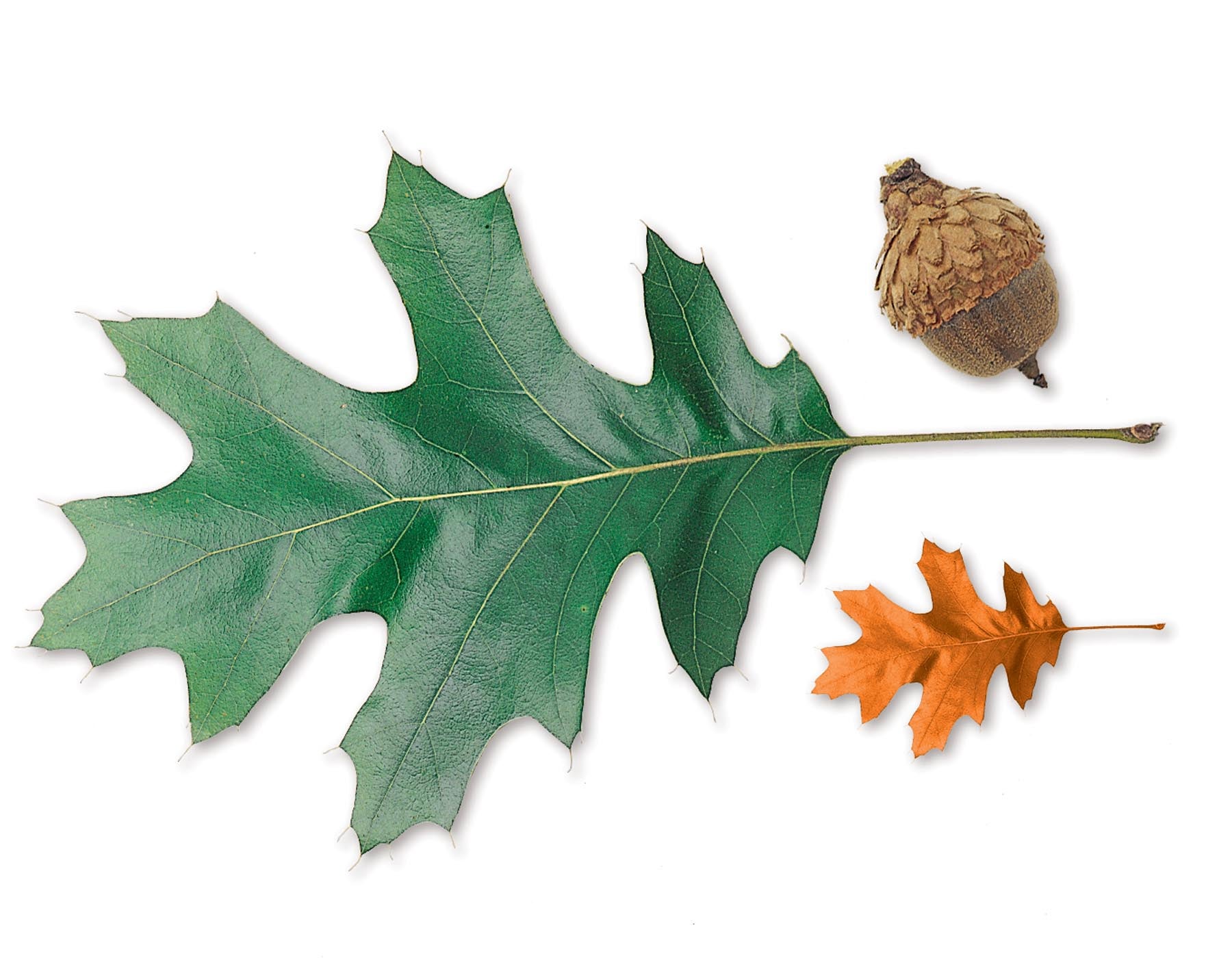
Xplor reconnects kids to nature and helps them find adventure in their own backyard. Free to residents of Missouri.


































Stay in Touch with MDC news, newsletters, events, and manage your subscription

Xplor reconnects kids to nature and helps them find adventure in their own backyard. Free to residents of Missouri.

A monthly publication about conservation in Missouri. Started in 1938, the printed magazine is free to residents of Missouri.




Cape Girardeau, Mo. -- A black oak tree in Morley has been certified as the largest known tree of its species in the state by the Missouri Department of Conservation’s (MDC) Forestry Division. Doug Sikes of Morley contacted MDC about the tree after recently purchasing the field it stands in.
Sikes said he purchased the property last fall because he wanted his family to enjoy the sprawling black oak that dominates the field.
“The tree was the one main feature in the field. I just really wanted the opportunity to have it, enjoy it and protect it,” Sikes said.
MDC Private Lands Conservationist Brad Pobst nominated the tree for certification after measuring it with assistance from Urban Forester Rocky Hayes. The 75-foot tree had a circumference of 246 inches and a spread of 105 feet, giving it a score of 347 points.
The points represent a formula used by the American Forestry Association and the MDC to assess a value for big trees. Points are determined by a tree’s height, crown spread, and trunk size. The formula adds the circumference in inches (measured from 4.5 feet above ground) to the height in feet to one-fourth of the average crown spread.
The last champion black oak listed on the state champion list stands on private property in Ripley County at 78 feet tall, with a 219 inch circumference and a spread reaching 87 feet across. The Ripley County tree scored 319 points.
Black oak is traditionally a medium-sized tree with a wide-spreading, open crown and tall, straight trunk. Its bark is smooth on the branches, becoming black and very rough. The inner bark is distinctively mustard yellow or orange, and bitter. Black oak occurs naturally on rocky, sandy or dry upland ridges and slopes; also on sandstone, chert or igneous glades and along borders of woods and fields.
Black oaks can be used in landscaping and windbreaks, and historically were used by Native Americans to make a wide variety of medicines. A consistent producer of acorns, black oak feeds blue jays, woodpeckers, wild turkey, ruffed grouse, bobwhite, mice, squirrels, raccoons and deer. Many types of animals find homes in its strong branches and in hollow places in the trunks.
Pobst said the MDC encourages everyone to join in the search for Missouri’s champion trees.
“We don’t really know how many unreported giants are out there just waiting to be discovered,” Pobst said.
The owners and nominators of each champion receive a framed certificate and the pride of knowing they found or own a champion tree. But Sikes said, for him, it’s about more than a certificate.
“It’s an honor for my family, for Morley and for Missouri to enjoy a tree like this one,” Sikes said.
For more information on champion trees or black oaks in Missouri, go online to mdc.mo.gov.